Imagine walking past a creature that was alive when Shakespeare first penned his sonnets, or swimming beside a fish that witnessed the Industrial Revolution unfold. This isn’t science fiction – it’s reality. Some of the most extraordinary beings on our planet have mastered something humans have dreamed about for millennia: living for centuries without the devastating effects of aging. These remarkable animals have evolved biological mechanisms that essentially put time on hold, defying what we thought we knew about life and death.
From ancient tortoises whose cells repair themselves with stunning efficiency to fish that actually grow stronger with age, these creatures hold secrets that could revolutionize our understanding of longevity. Let’s dive into the fascinating world of nature’s most successful time-travelers.
Jonathan the Tortoise: A Living Historical Monument
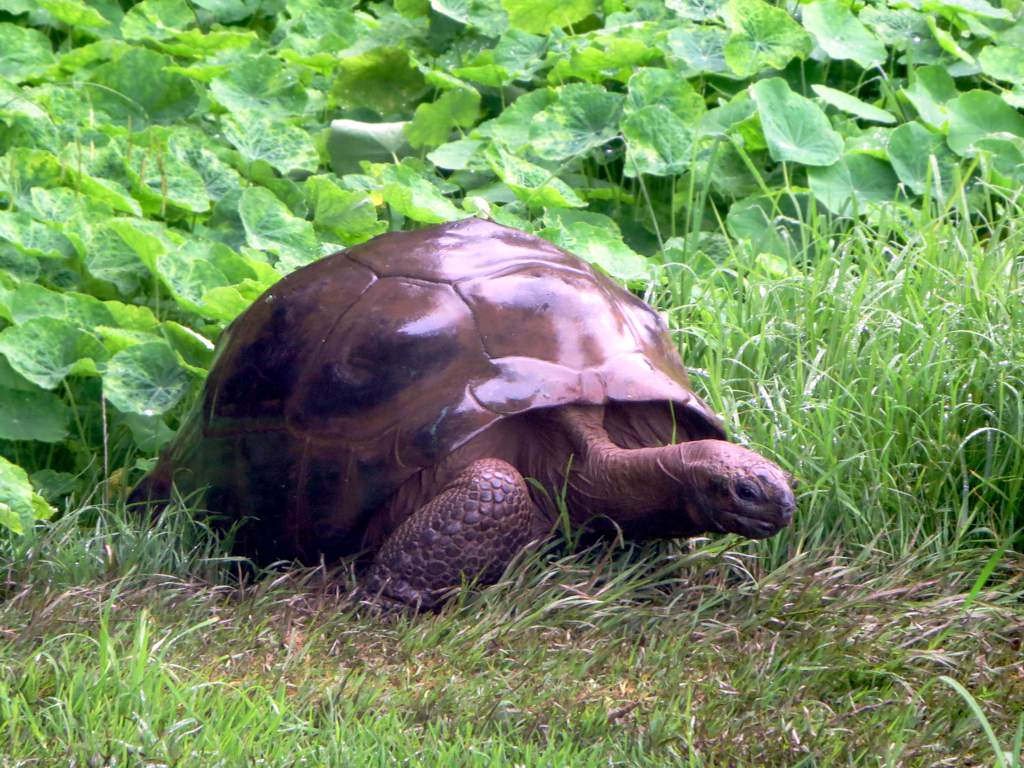
The oldest living land animal is a 192-year-old Seychelles giant tortoise (Aldabrachelys gigantea hololissa) named Jonathan. This incredible tortoise isn’t just old – he’s a walking piece of history. The tortoise lives on the island of St. Helena in the South Atlantic Ocean after having been brought there by people from the Seychelles in 1882. Jonathan’s age is an estimate, but a photograph of him taken between 1882 and 1886 shows he was fully mature – at least 50 years old – in the late 19th century.
What makes Jonathan’s story even more remarkable is his resilience. On Jan. 12, 2022, Guinness World Records announced that Jonathan was the oldest tortoise ever. “He is a local icon, symbolic of persistence in the face of change,” Joe Hollins, Jonathan’s veterinarian, told Guinness World Records at the time. Living through two world wars, the birth of the internet, and countless historical events, Jonathan represents nature’s ultimate endurance athlete.
The Genetic Secrets Behind Tortoise Longevity
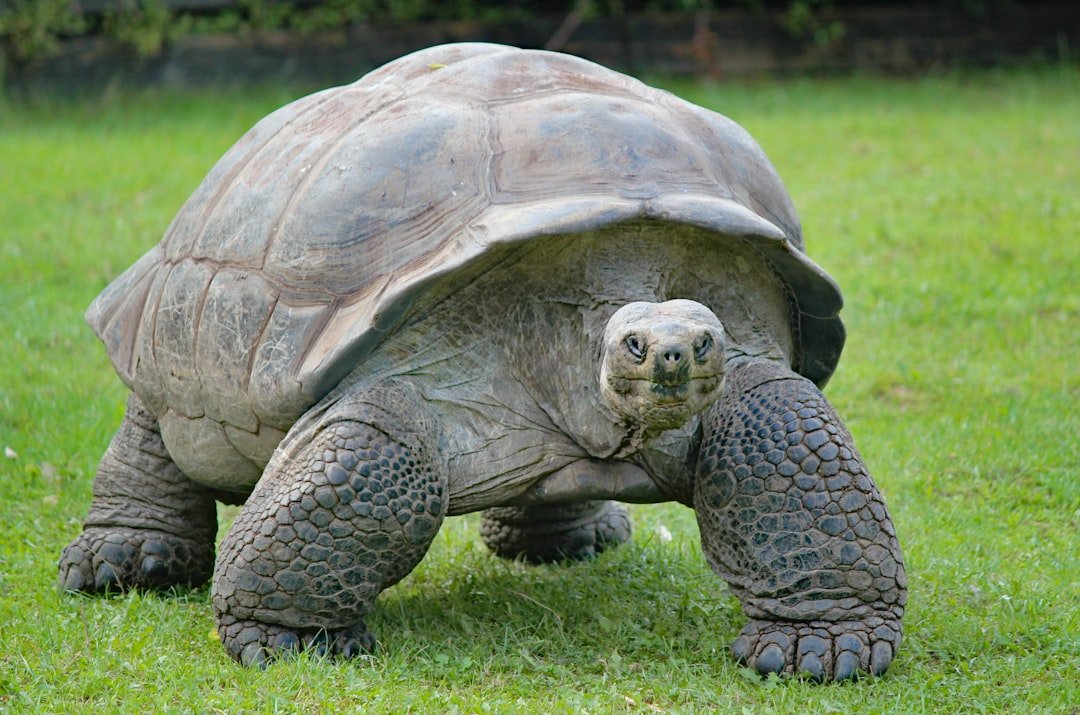
Scientists have finally cracked some of the mysteries behind tortoise longevity, and the discoveries are mind-blowing. Researchers analyzed the genome of Lonesome George, the last known individual of the species Chelonoidis abingdonii, and discovered gene variants associated with DNA repair, immune response, and cancer suppression – all of which contribute to long life. These genetic adaptations work like a biological repair shop that never closes.
Giant tortoises have gene variants that enhance DNA repair, reducing mutations that can lead to cancer and age-related deterioration. Like bowhead whales and Greenland sharks, tortoises have evolved genetic and physiological adaptations that slow aging and enhance longevity. It’s as if these animals discovered the fountain of youth at the cellular level, constantly fixing damage before it accumulates.
The Power of Slow Living: Metabolism and Longevity
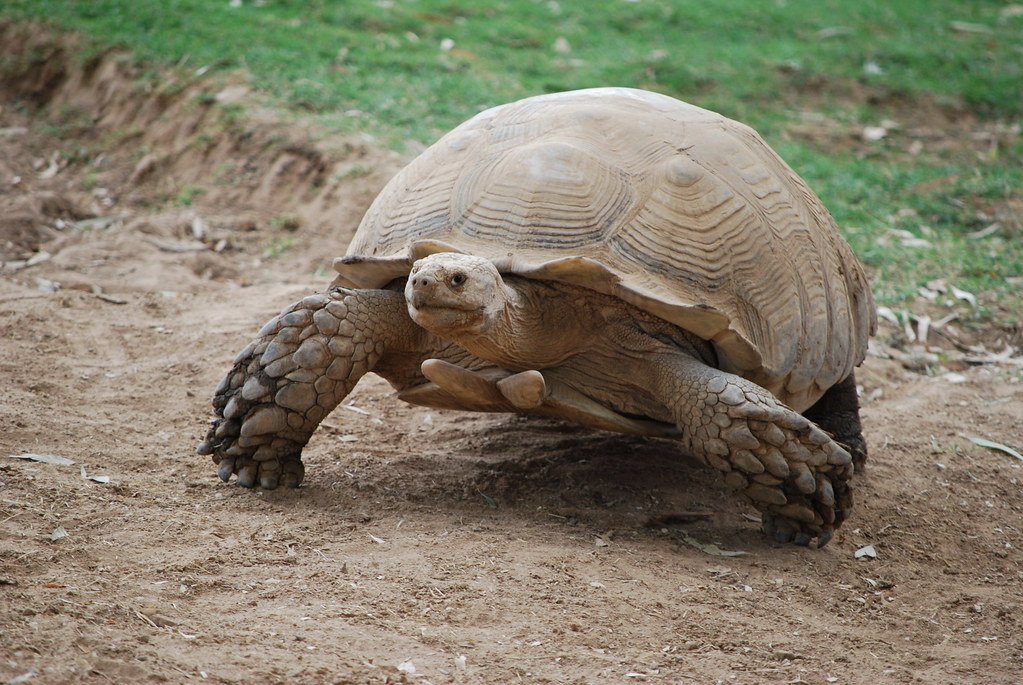
One of the most fascinating aspects of tortoise longevity lies in their approach to life – they literally live in the slow lane. Tortoises have a slow metabolism, meaning they burn energy at a much lower rate. This reduces oxidative stress and cellular damage, which are major contributors to aging. A slower metabolic rate also allows tortoises to survive longer periods without food or water, making them highly resilient to harsh environmental conditions.
Think of it like the difference between a race car and a fuel-efficient hybrid. The race car burns through its resources quickly and needs constant maintenance, while the hybrid conserves energy and lasts much longer. A primary factor is their slow metabolism, meaning they burn energy at a significantly lower rate than many other animals. This reduced metabolic activity minimizes oxidative stress and cellular damage, which are major contributors to aging. Giant tortoises, for example, may have a heart rate as low as six beats per minute.
Natural Armor: The Shell as Life Insurance
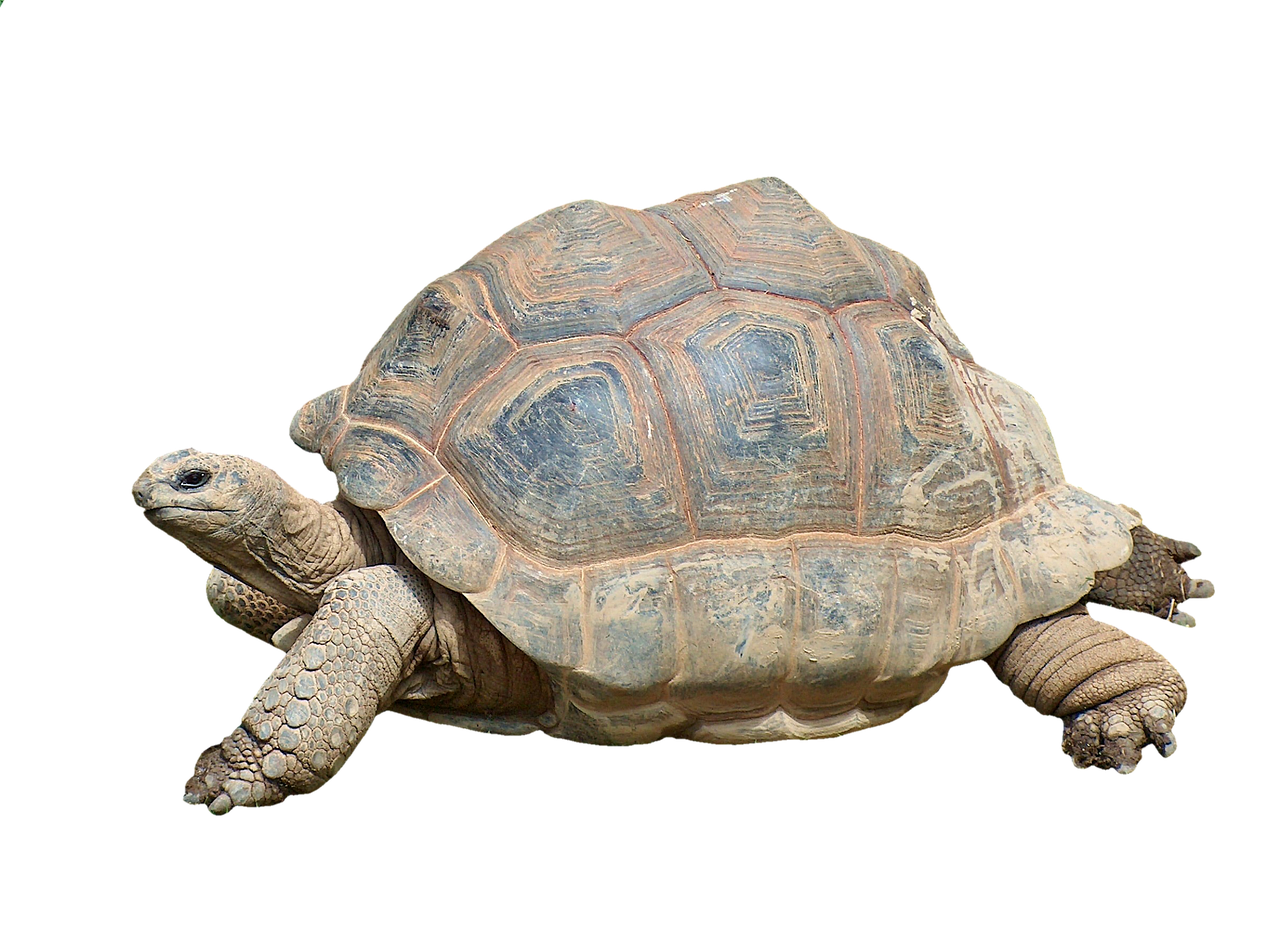
The tortoise shell isn’t just protection – it’s essentially a life insurance policy that extends lifespan. A study of 77 species of reptiles and amphibians showed that species with protective shells aged five times more slowly than those without the coverings. One theory holds that since shells frequently prevent tortoises from being eaten by predators, shelled species tend to live longer, and over time that may have helped to produce evolutionary pressures to age more slowly.
Their hard shells serve as an armor-like defense mechanism, protecting them from predators, extreme weather, and environmental hazards. This significantly reduces their mortality rate, as they are less likely to suffer from fatal injuries that shorten lifespan in other species. Unlike animals that rely on speed or aggression to avoid predation, tortoises’ natural armor allows them to age with minimal external threats. It’s nature’s version of a protective fortress that also happens to be a longevity enhancer.
Greenland Sharks: The Ocean’s Ancient Wanderers
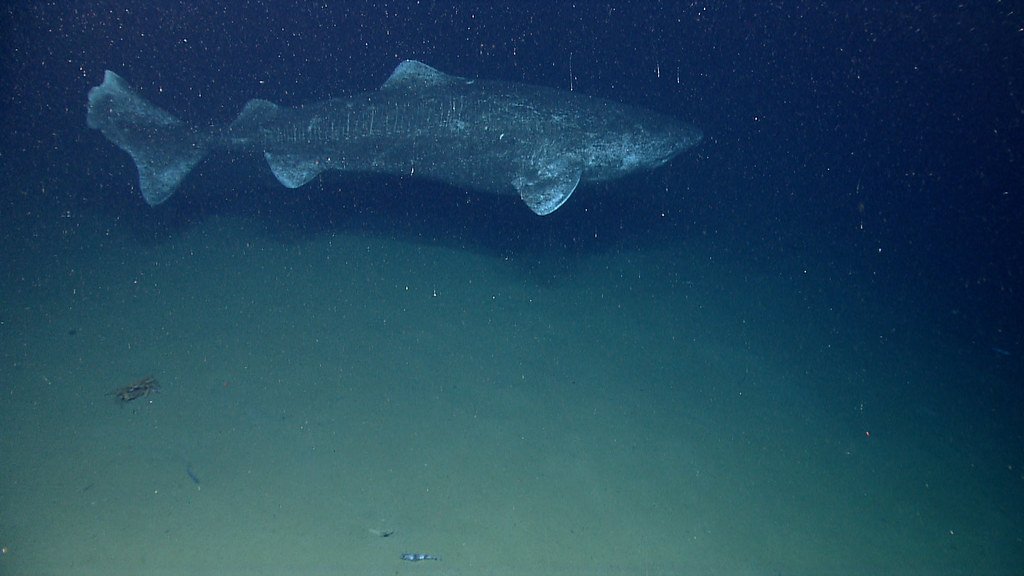
If you thought tortoises were impressive, meet the Greenland shark – a creature that makes century-old tortoises look like youngsters. Greenland sharks have the longest lifespan of any known vertebrate, estimated to be between 250 and 500 years. The Greenland shark is the world’s longest living vertebrate. It can live for 400 years – twice the age of the longest-living land animal, the giant tortoise.
These remarkable sharks inhabit some of Earth’s most challenging environments. The Greenland shark prefers cold water temperatures (−1.1–7.4 °C (30.0–45.3 °F)) and deep water (100–1,200 m (330–3,940 ft)). As an ectotherm living in a just-above-freezing environment, this species is sluggish and slow moving, with the lowest swim speed and tail-beat frequency for its size across all fish species, which most likely correlates with its very slow metabolism and extreme longevity. Their extreme longevity means some sharks swimming today were alive during the American Civil War.
The Bigmouth Buffalo: Freshwater’s Aging Defiant
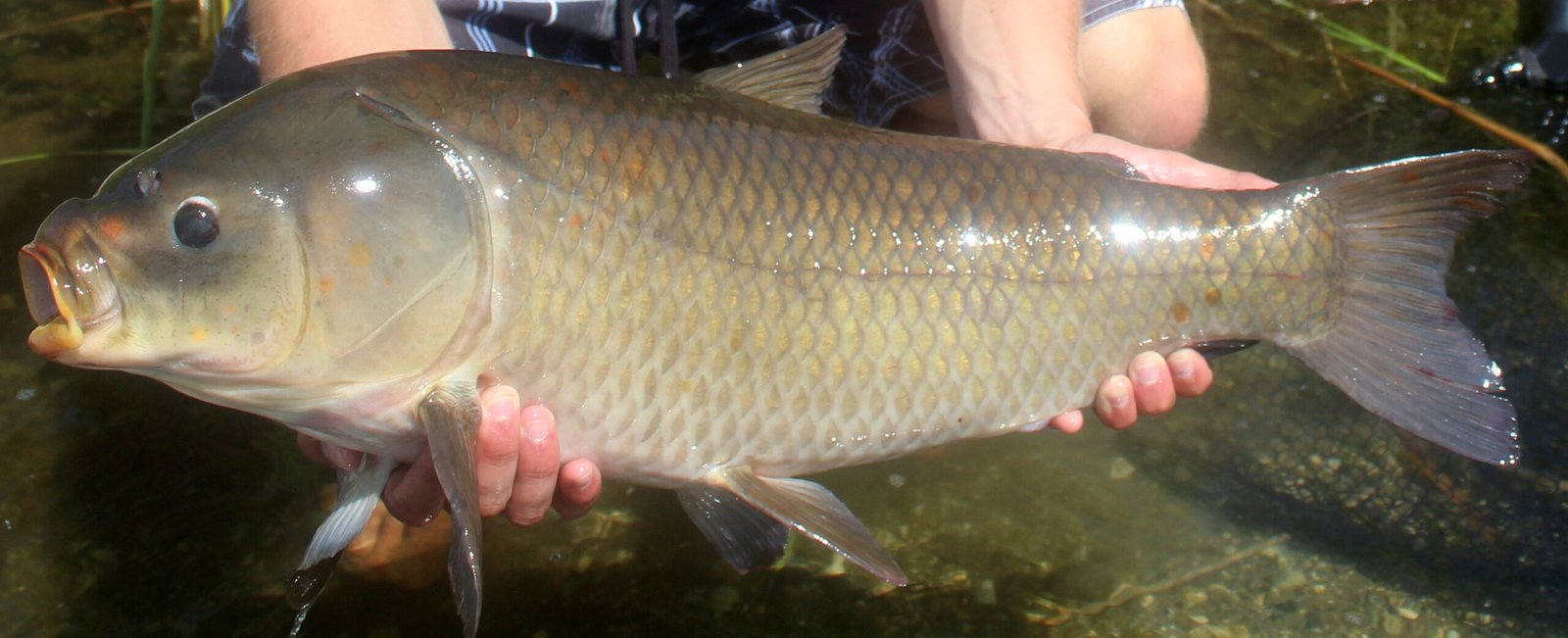
Hidden in North America’s freshwater systems lives a fish that’s rewriting the rules of aging. In this study we examined the potential relationship between age and multiple physiological systems including: stress levels, immune function, and telomere length in individuals ranging in age from 2 to 99 years old in bigmouth buffalo (Ictiobus cyprinellus), the oldest known freshwater teleost fish. Contrary to expectation, we did not find any evidence for age-related declines in these physiological systems. Instead, older fish appeared to be less stressed and had greater immunity than younger fish, suggesting age-related improvements rather than declines in these systems.
Taken together, these findings suggest that bigmouth buffalo exhibit negligible senescence in multiple physiological systems despite living for nearly a century. These results contradict many of the age-related patterns of senescence that have been observed in other vertebrates and may suggest a negligible rate of senescence in bigmouth buffalo. Imagine a fish that actually gets healthier and less stressed as it ages – it sounds impossible, but the science proves otherwise.
Negligible Senescence: The Science of Not Aging
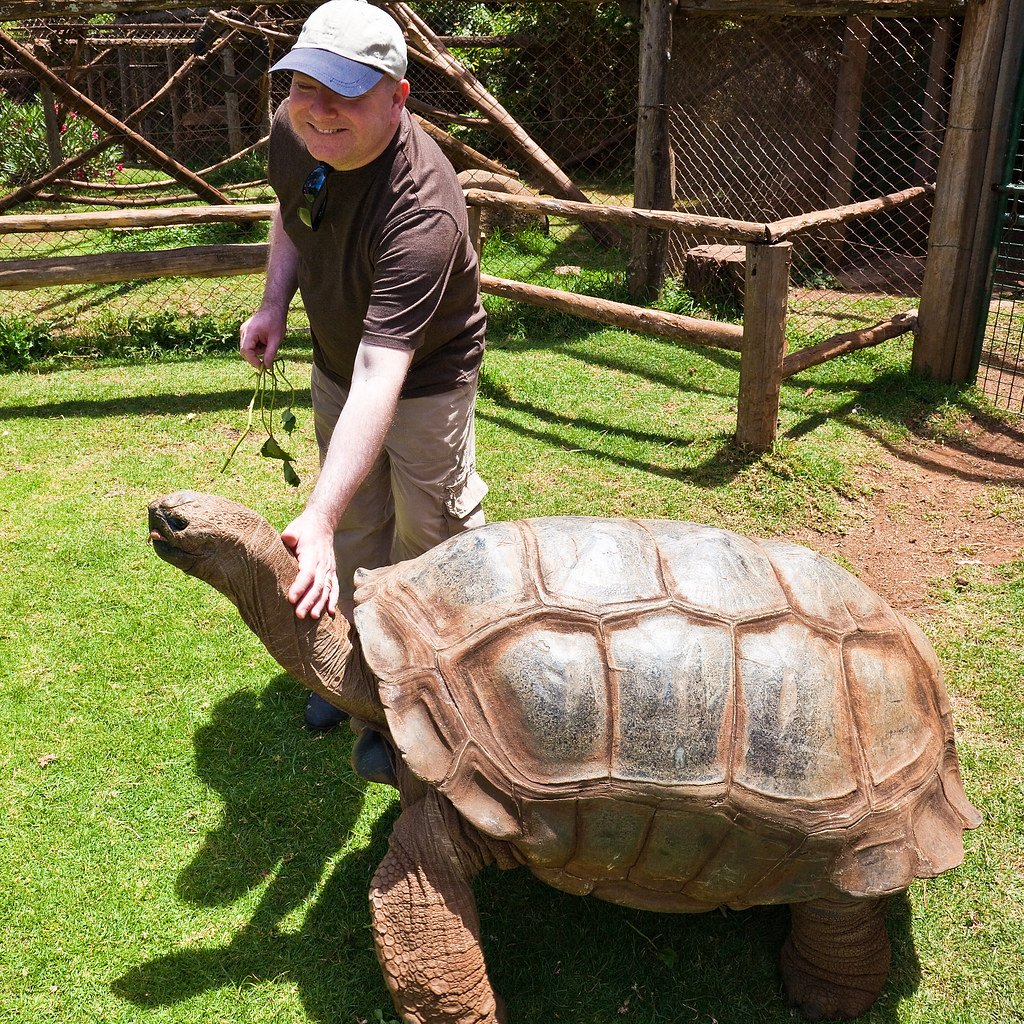
Scientists have a special term for animals that seem to cheat aging: negligible senescence. Negligible senescence is a term coined by biogerontologist Caleb Finch to denote organisms that do not exhibit evidence of biological aging (senescence), such as measurable reductions in their reproductive capability, measurable functional decline, or rising death rates with age. Caleb Finch at USC coined the term “negligible senescence” to describe very slow or negligible aging (Finch 1990). He listed several animals exhibiting it, including rockfish, sturgeon, turtles, bivalves and possibly lobsters. These include no observable age-related increase in mortality rate or decrease in reproduction rate after maturity, and no observable age-related decline in physiological capacity or disease resistance.
This concept challenges everything we thought we knew about aging. Some animals – like giant tortoises – have almost negligible ageing. Some animals – like giant tortoises – have almost negligible ageing. These creatures don’t just live long – they maintain their vitality throughout their extended lives, essentially pressing pause on the aging process that affects most other animals.
Rockfish: The Deep Sea’s Time Masters
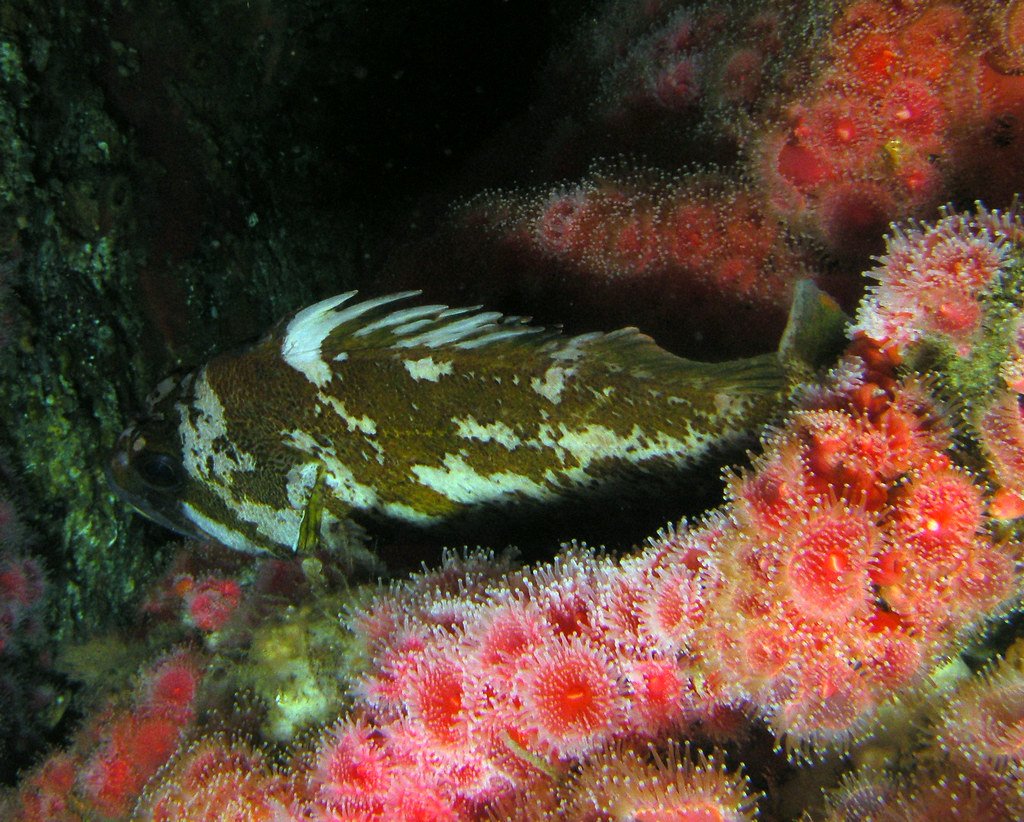
In the depths of the Pacific Ocean, rockfish have mastered the art of longevity in ways that astound marine biologists. The rougheye rockfish are among the longest-living fish and have a maximum lifespan of at least 205 years, according to the Washington Department of Fish and Wildlife. Rougheye Rockfish (Sebastes aleutianus): These fish, found in the North Pacific Ocean, can live for more than 200 years. They are one of the longest-living marine species, and their slow growth and long lifespan help them adapt to deep ocean environments.
Rockfish are slow-growing, late-maturing and long-lived. Unfortunately, this also makes them highly vulnerable to overfishing. Recovering from fishing pressure is another thing rockfish do slowly. The deep ocean environment, with its stable temperatures and conditions, seems to be nature’s recipe for longevity – a lesson that extends far beyond just rockfish.
The Cold Water Advantage: Why Temperature Matters

There’s a clear pattern among these long-lived animals: many thrive in cold environments. Bigger animals tend to have a slower metabolism. And animals that live in frigid, cold habitats also tend to have a slower metabolism. The frigid waters of the Arctic make it possible for Greenland sharks to survive for centuries. Cold water acts like nature’s preservation system, slowing down biological processes that contribute to aging.
Specially adapted for cold water, this shark’s tissues contain high levels of chemical compounds that act like anti-freeze and prevent ice crystals forming in the body. These sharks conserve energy by swimming very slowly – about 1.12 feet per second – but can exhibit short bursts of speed to ambush prey. The connection between temperature and longevity suggests that metabolic rate truly is key to the aging puzzle.
DNA Repair: The Cellular Maintenance Crew
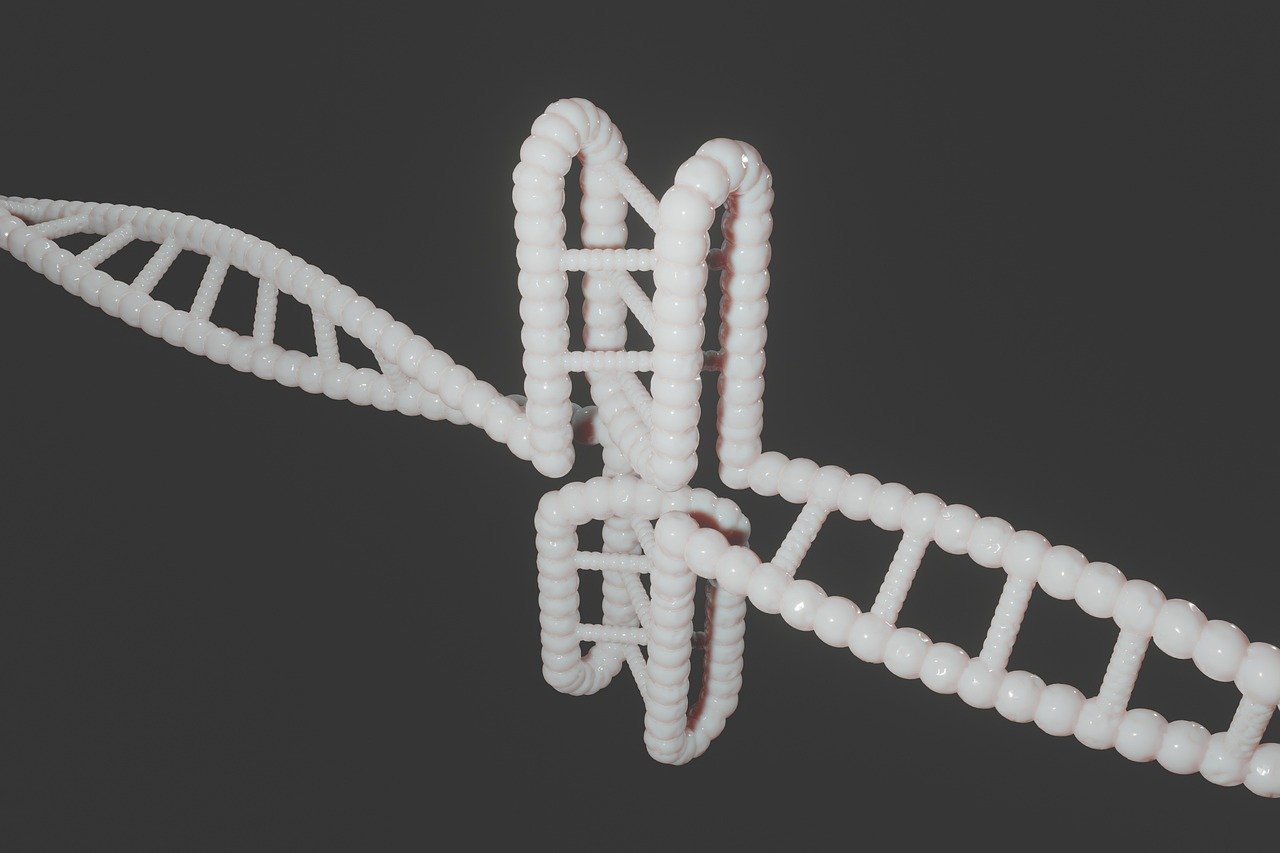
One of the most crucial discoveries about long-lived animals involves their superior DNA repair capabilities. The comparison of these genomes to those of related species, using both unsupervised and supervised analyses, led us to detect lineage-specific variants affecting DNA repair genes, inflammatory mediators and genes related to cancer development. Our study also hints at specific evolutionary strategies linked to increased lifespan and expands our understanding of the genomic determinants of ageing.
Tortoises also possess genetic adaptations that contribute to their extended lives. They have enhanced DNA repair mechanisms, which efficiently mend genetic damage and prevent mutations that could lead to age-related diseases. They also exhibit robust cancer suppression genes and strong immune responses, allowing them to resist tumor formation and effectively combat infections. These animals have essentially evolved their own internal repair teams that work around the clock to prevent aging damage.
What This Means for Human Longevity Research
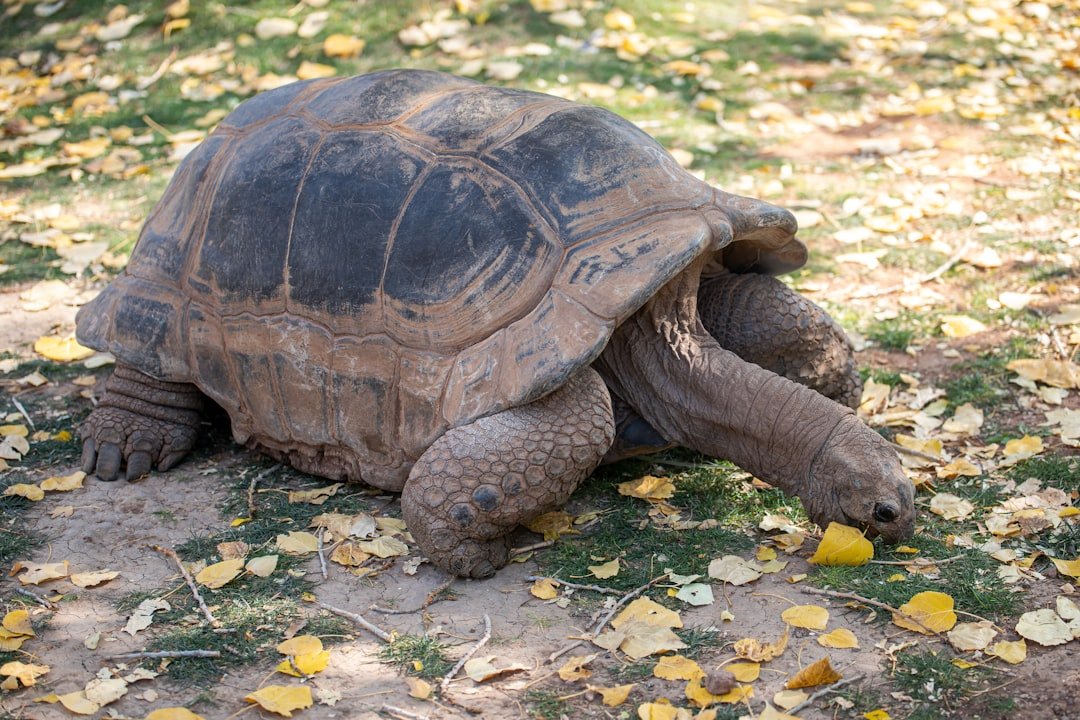
The discoveries about these ancient animals aren’t just fascinating – they’re revolutionary for human health research. Scientists hope that understanding how tortoises repair DNA, fight cancer, and enhance immune function could lead to new therapies for age-related diseases in humans. Anti-aging treatments: Developing medications that mimic tortoise DNA repair mechanisms. Cancer research: Understanding how tortoises suppress tumors may lead to new cancer prevention strategies. Immune system enhancement: Strengthening human immunity using insights from tortoise biology.
By studying tortoises, researchers are unlocking secrets that could help extend human lifespan and improve health. Although Lonesome George passed away in 2012, his genetic legacy continues to shape our understanding of longevity. These animals serve as living laboratories, showing us what’s possible when biology gets aging right.
Conclusion
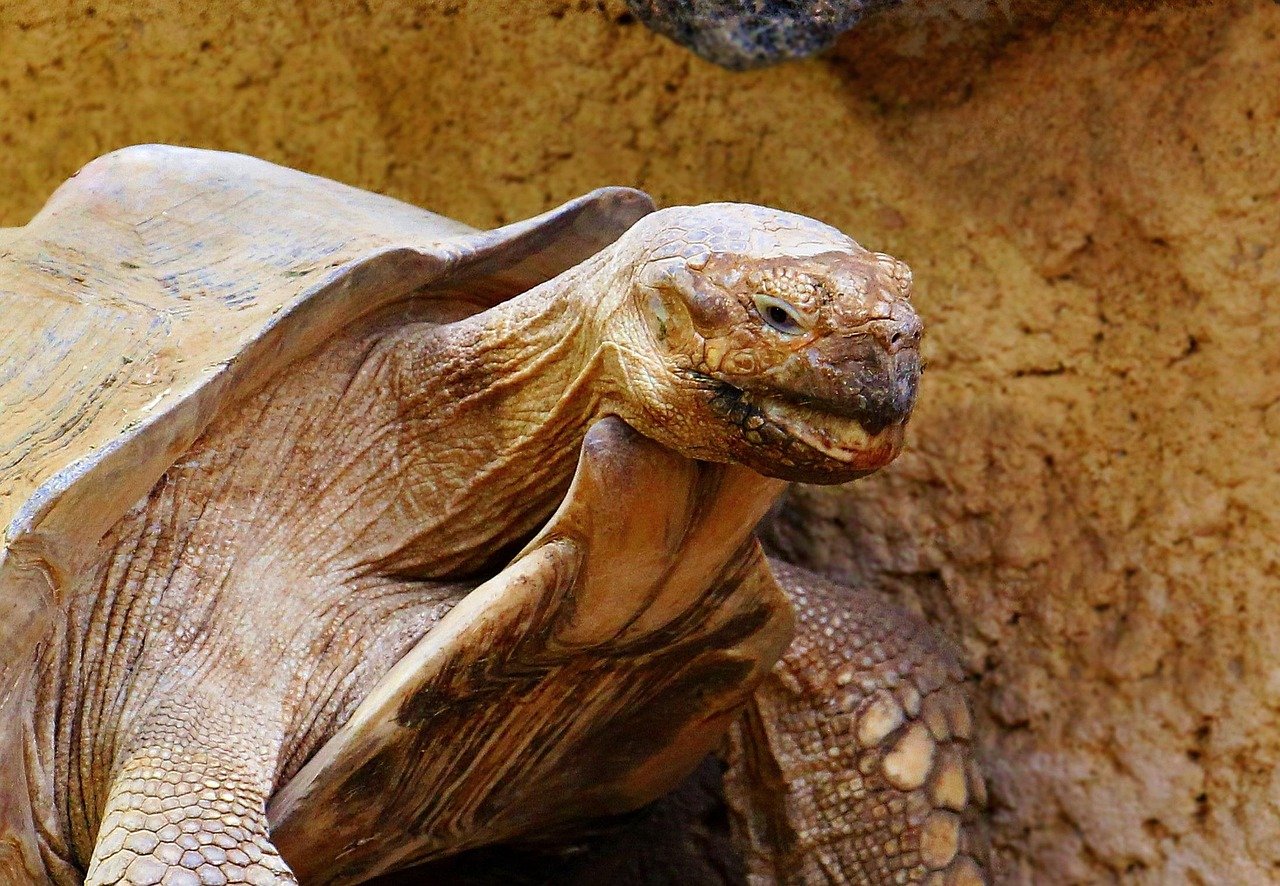
The tortoises and fish that live for centuries without aging represent some of nature’s most extraordinary achievements. From Jonathan the 190-year-old tortoise still thriving on St. Helena to Greenland sharks that may live for five centuries, these creatures have mastered biological processes that humans are only beginning to understand. Their secrets lie in superior DNA repair mechanisms, slow metabolisms, protective adaptations, and genetic variants that essentially pause the aging clock.
What makes these discoveries even more remarkable is their potential impact on human health and longevity research. As scientists continue studying these natural time-travelers, we’re uncovering pathways that could lead to revolutionary treatments for age-related diseases and potentially extend human lifespan.
These ancient beings remind us that aging isn’t as inevitable as we once thought – it’s a biological process that can be slowed, modified, and perhaps even reversed. What do you think about the possibility of humans one day living for centuries like these remarkable creatures? Tell us in the comments.

Jan loves Wildlife and Animals and is one of the founders of Animals Around The Globe. He holds an MSc in Finance & Economics and is a passionate PADI Open Water Diver. His favorite animals are Mountain Gorillas, Tigers, and Great White Sharks. He lived in South Africa, Germany, the USA, Ireland, Italy, China, and Australia. Before AATG, Jan worked for Google, Axel Springer, BMW and others.




